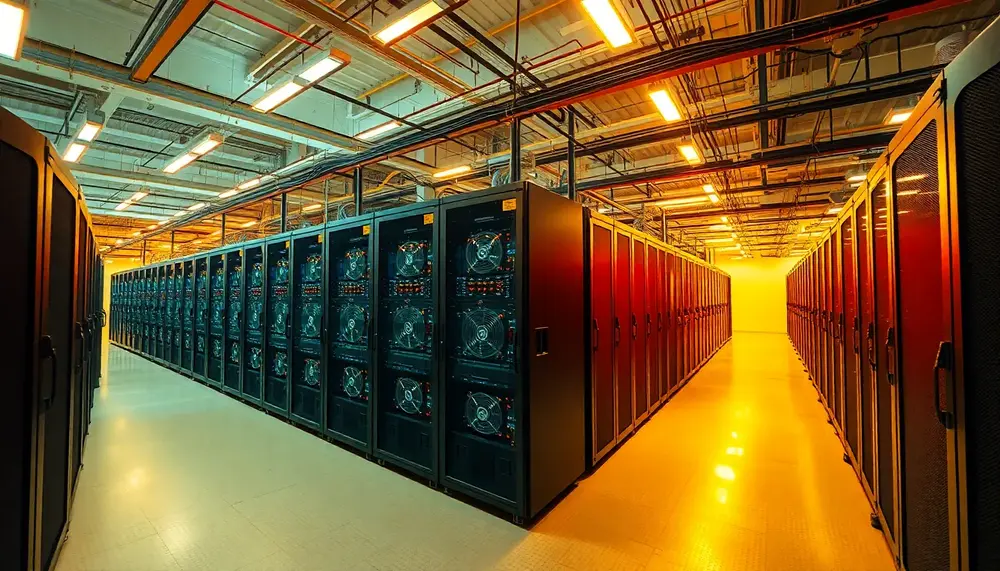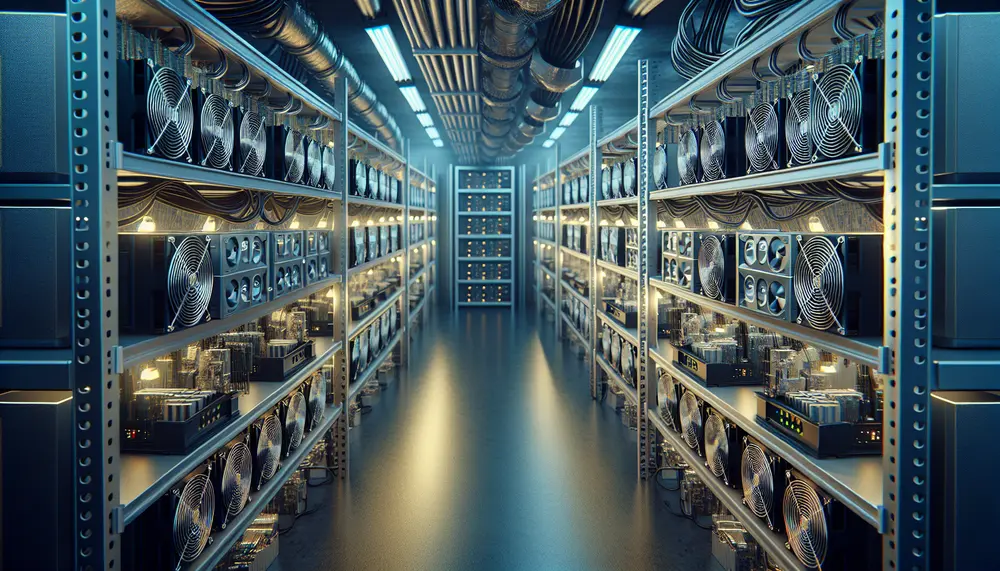Network Difficulty
Network Difficulty
Understanding Network Difficulty
The term Network Difficulty is vital in the sphere of Bitcoin Mining. Fundamentally, Network Difficulty is the measure of how hard it is to find and mine a new block on the Bitcoin blockchain.
A Closer Look at Network Difficulty
The Network Difficulty is a mechanism that ensures the time taken to mine a new block remains consistent and regulated. This measure automatically adjusts after 2016 blocks or roughly every two weeks. The goal is to keep the block time, that is the time it takes to discover and mine a new block, close to 10 minutes.
Network Difficulty and Mining Power
When more miners join the Bitcoin network, the collective computing power increases. This, in turn, could lead to faster mining times. To prevent this, the Network Difficulty adjusts, making it harder to find new blocks. Likewise, if many miners leave the network, and the mining power declines, the difficulty decreases, boosting the chances of mining a block. In other words, the level of Network Difficulty directly correlates with the total mining power in the Bitcoin network.
Network Difficulty's Impact on Miners
From a miner's perspective, a higher Network Difficulty means an increased competition in block discovery. As a result, miners, particularly those with less powerful hardware, may experience a decrease in their mined Bitcoins. Conversely, when the Network Difficulty is low, miners are more likely to discover new blocks and receive the block reward plus transaction fees.
Key Takeaways: The Role of Network Difficulty
Essentially, Network Difficulty serves as the "regulating pulse" of the Bitcoin network, ensuring that block times are stable, and the supply of new Bitcoins remains steady. It reflects the competitiveness and power of the mining landscape, making mining activity resilient to sudden changes in the miner population. Understanding the Network Difficulty is critical for any aspiring miner who wants to grasp how the Bitcoin network operates, making this term a key element in any Bitcoin mining dialogue.
Blog Posts with the term: Network Difficulty

Monero mining with CPUs is accessible and cost-effective due to the RandomX algorithm, which optimizes CPU performance over GPUs; top processors include AMD Ryzen 9 3950X and Intel Core i9-10900K. Benchmarking involves measuring hash rates and power consumption using software...

Cloud mining allows individuals to lease processing power from remote data centers for cryptocurrency mining, offering convenience and lower upfront costs but potentially reduced earnings and risks of scams. Hardware mining involves owning equipment with greater control and profit potential...

This guide provides a comprehensive overview of setting up an Ethereum mining rig, covering essential components like GPUs and motherboards, as well as key concepts such as Proof of Work (PoW) and hashrate. By the end, readers will understand how...

Crypto mining on a Mac is possible but requires careful planning due to hardware limitations and software compatibility issues. To optimize performance, choose the right mining software like CGMiner or MacMiner, manage background processes, update your system regularly, and consider...

Mining pools allow miners to collaborate and increase their chances of earning rewards by pooling resources, making the mining process more accessible and decentralized. When choosing a pool, factors like fees, payment methods, reputation, size, and server location should be...

The article compares solo and pool mining for Monero, detailing their respective advantages and disadvantages. Solo mining offers full block rewards but is resource-intensive with inconsistent payouts, while pool mining provides more consistent earnings by combining computational power at the...

USDT mining pools allow miners to combine computational power for more consistent rewards, with benefits including increased earnings and reduced costs. Key factors in choosing a pool include size, fees, payout structure, reputation, location of servers, support community, and security...

This article provides a comprehensive guide on using MetaMask for Ethereum mining, covering the setup process, connecting to mining pools, and optimizing configurations. By following these steps, beginners can efficiently start their Ethereum mining journey with enhanced security and performance....

The article provides a guide on setting up and optimizing an M1 Mac for Ethereum mining, highlighting the capabilities of Apple's M1 chip in handling computational tasks efficiently due to its advanced architecture, powerful CPU/GPU, and energy efficiency. It includes...

Mining pool payout schemes determine how rewards are distributed among miners, with options like Pay-Per-Share (PPS) offering predictable payouts and others like Proportional rewarding based on contribution during block rounds. Each scheme has unique benefits tailored to different miner preferences...

The article discusses the significant changes expected in Ethereum mining by 2024, focusing on the transition to Ethereum 2.0 and its shift from Proof of Work (PoW) to Proof of Stake (PoS), which will impact hardware requirements, energy efficiency, sustainability...

Understanding your objectives for Bitcoin mining is crucial, as it influences decisions on hardware, location, and risk management; key cost factors include electricity rates, cooling needs, maintenance expenses, and network difficulty. Efficient hardware can reduce energy costs significantly but often...

The article explains the Verus Coin block reward system, detailing how miners receive VRSC for validating new blocks and discussing factors like network difficulty, hashrate, electricity costs, hardware efficiency, market price of VRSC, and block reward halving that influence mining...

This article provides a comprehensive guide to mining Ravencoin using GPUs, covering essential steps such as selecting the right GPU and software, optimizing your setup for better performance, and joining a mining pool. It explains that Ravencoin uses the ASIC-resistant...

TRX USDT mining involves using computational power to validate transactions on the Tron network, earning rewards in TRX and USDT. This guide covers everything from understanding these cryptocurrencies to setting up your mining operation, highlighting benefits such as profitability, diversification,...
